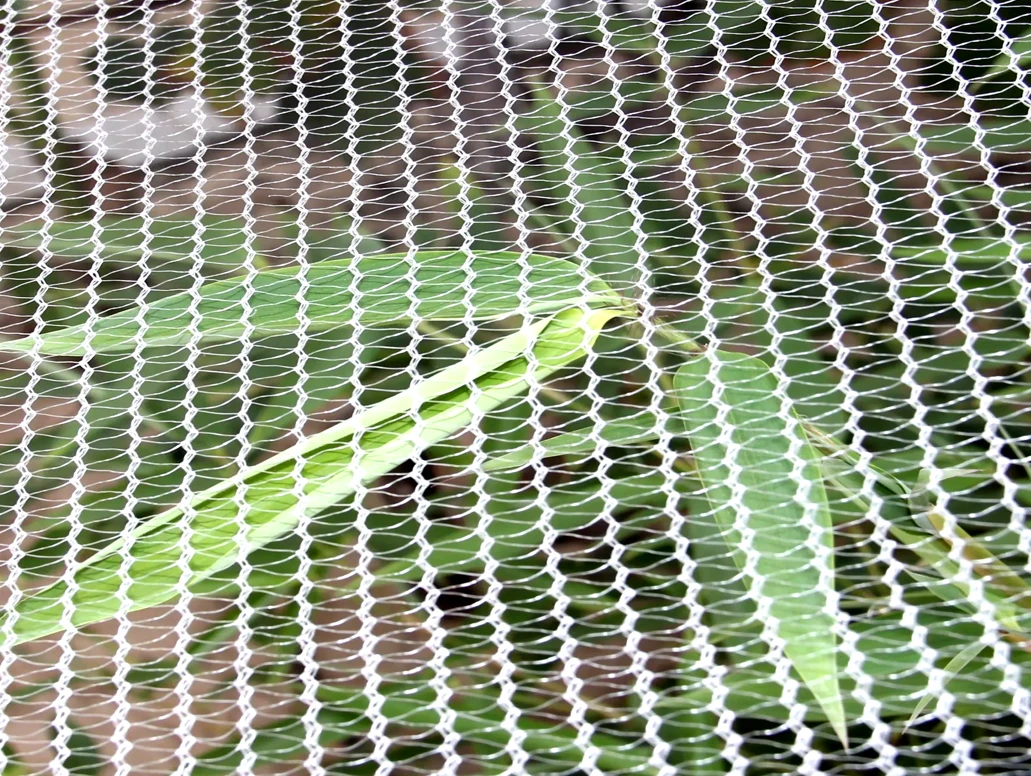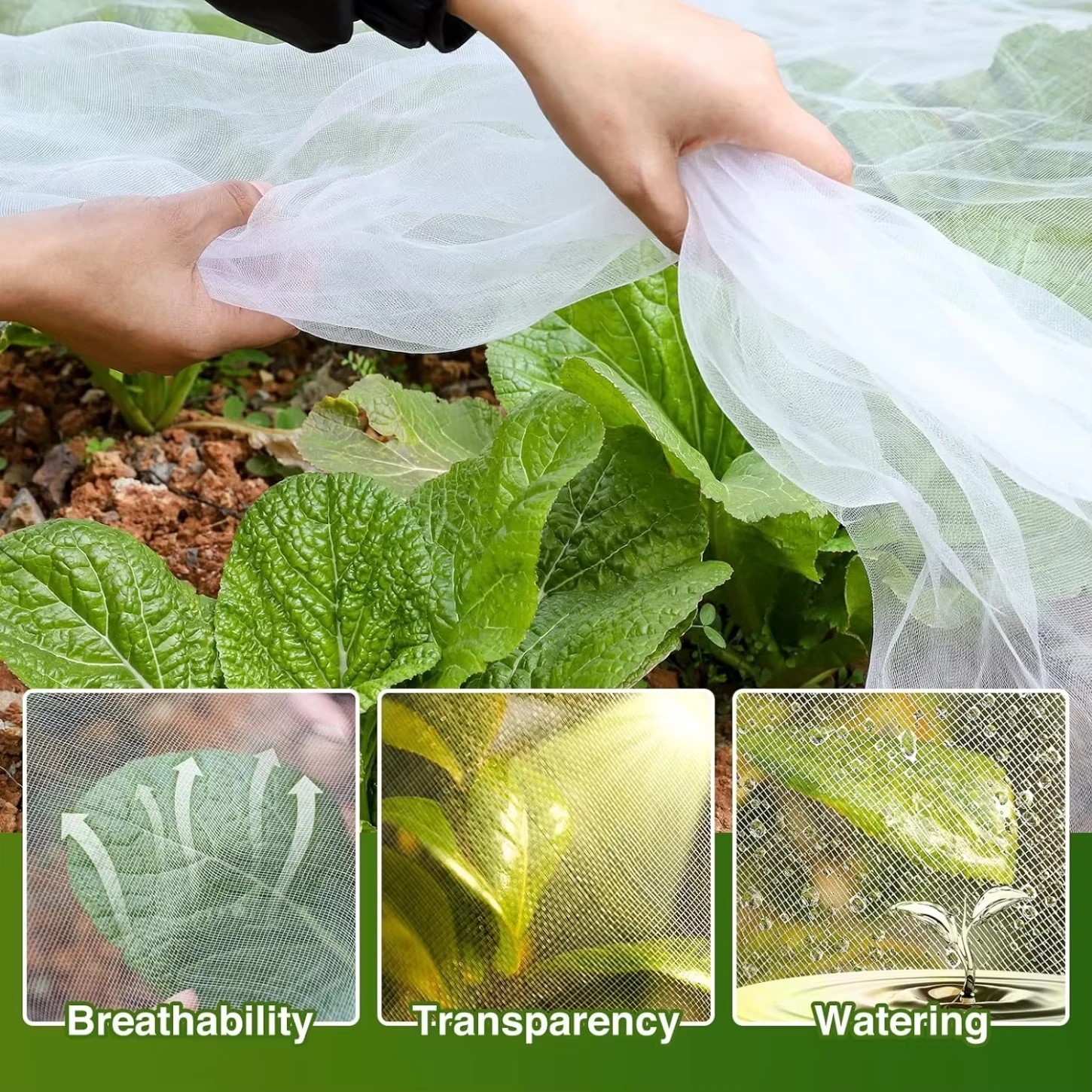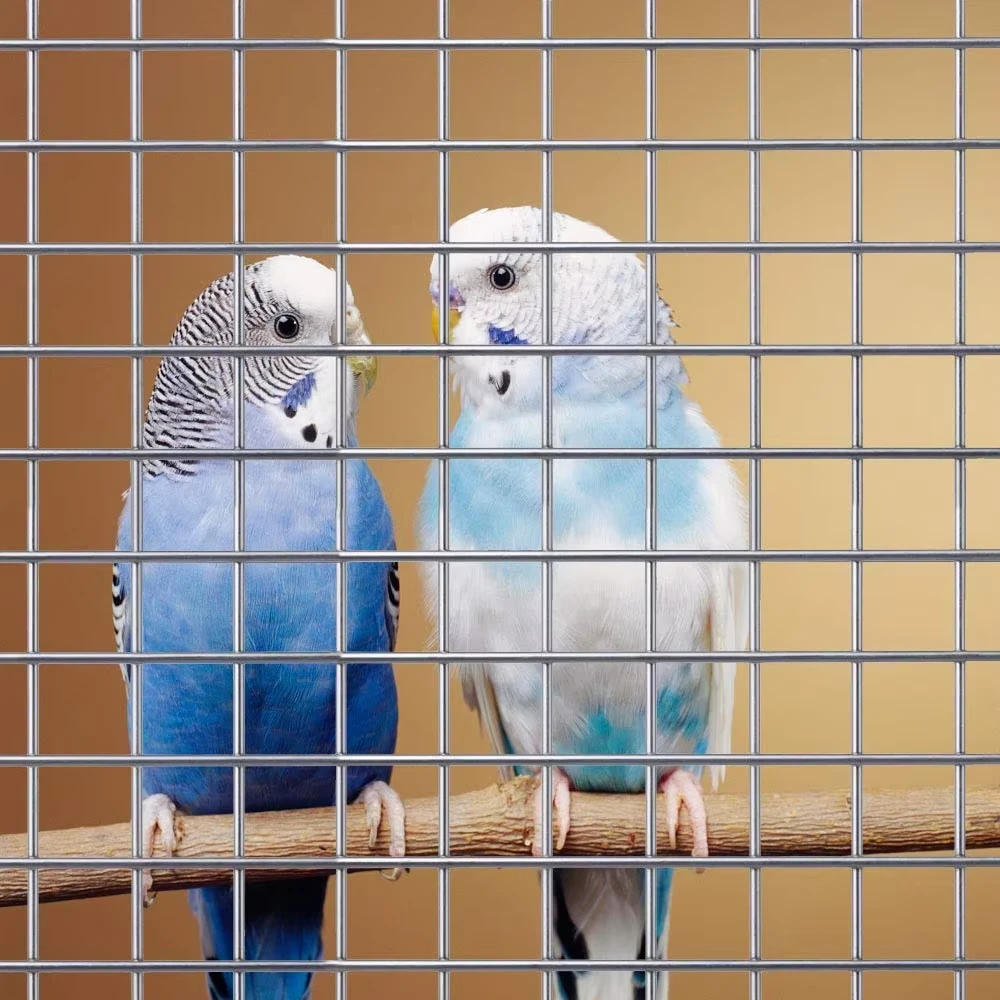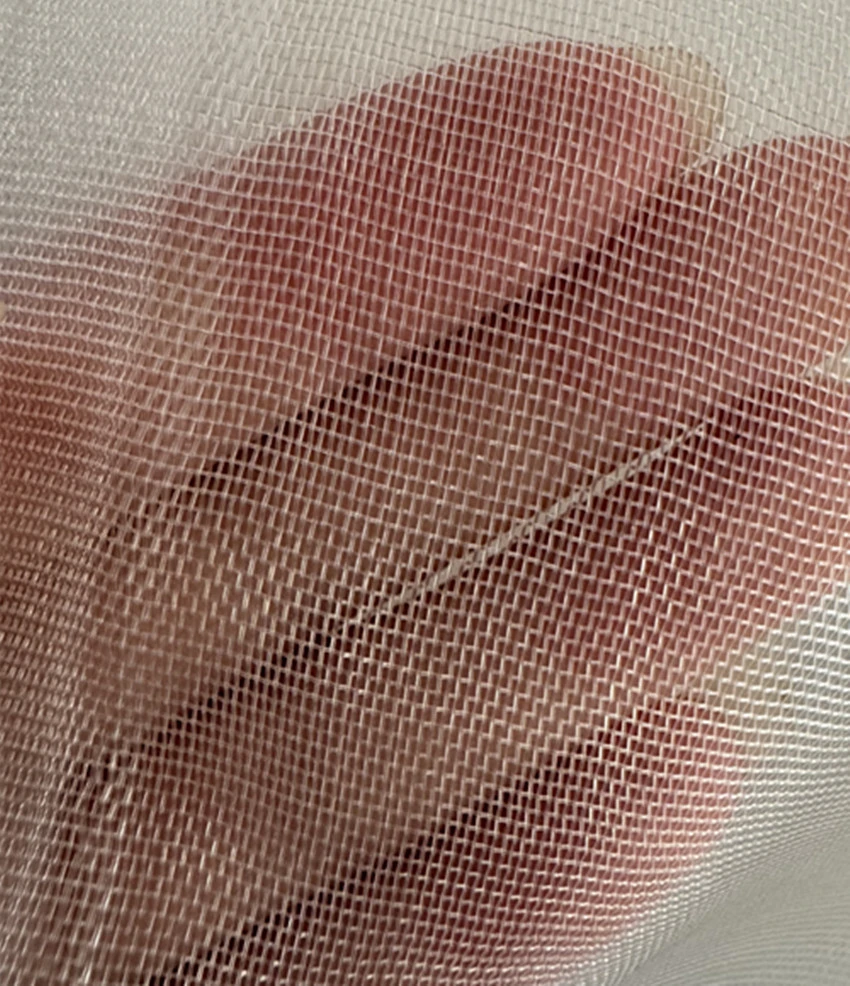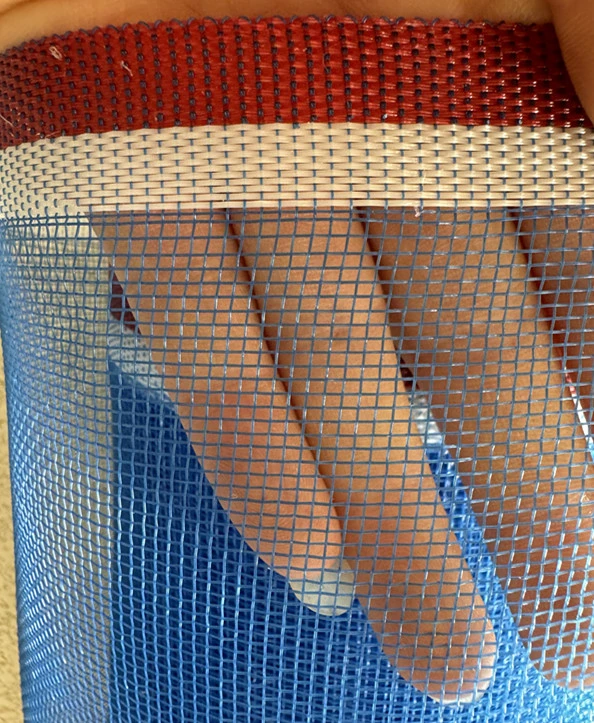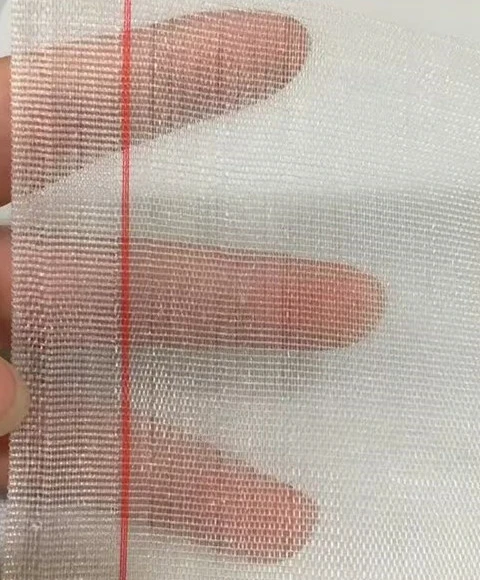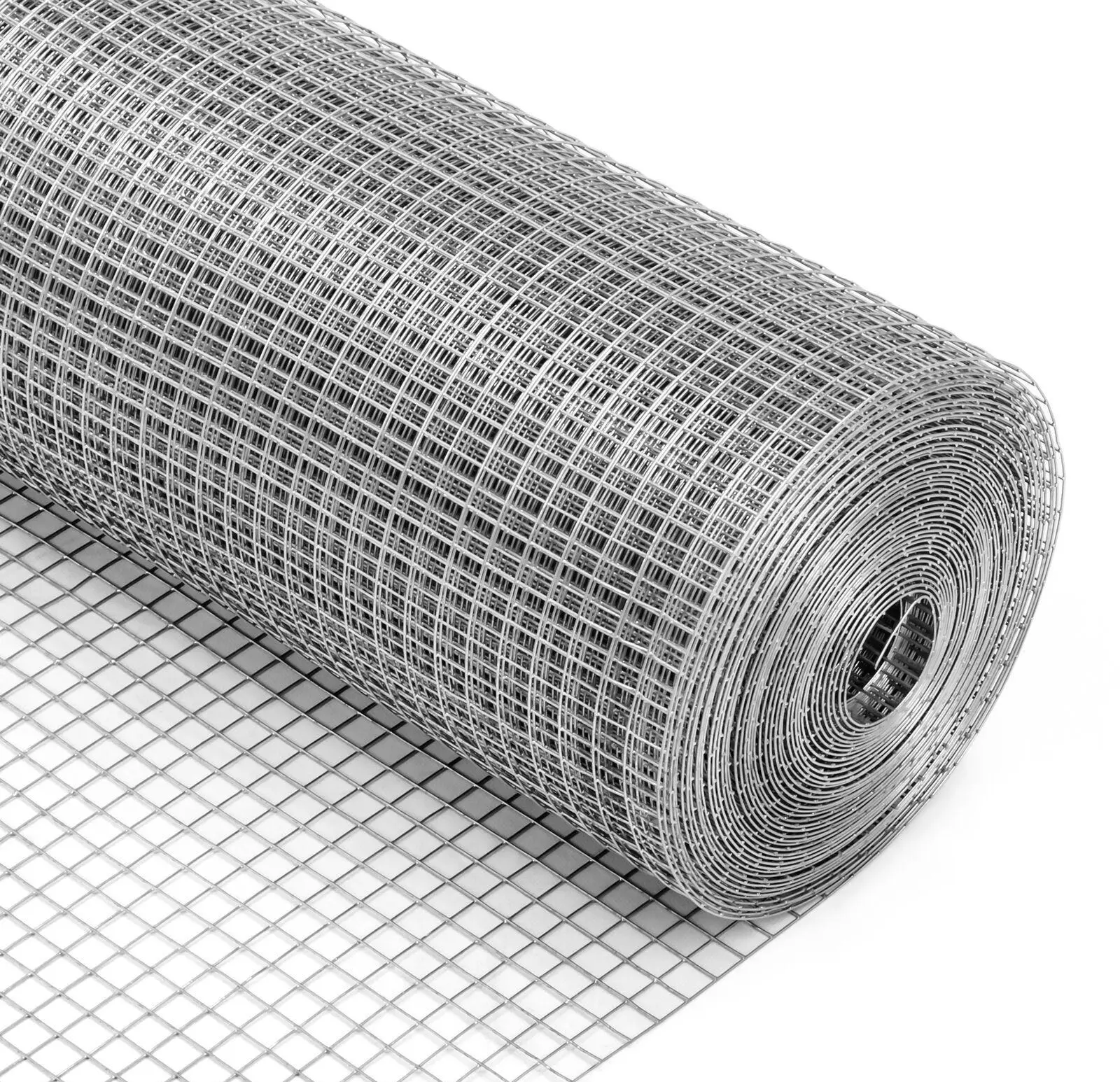80-Mesh Insect Net Blocks Thrips & Mites | UV-Stable
If you’ve been fighting thrips and mites in greenhouses or net-houses, you’ve probably heard the quiet buzz around 80-mesh insect net: Suitable for preventing tiny pests such as thrips and mites. Lately, many growers tell me they’re cutting pesticide sprays and still improving pack-out. Honestly, that sounded optimistic—until I started visiting fields using this spec.

Industry trend check: controlled-environment agriculture is tightening screens, shifting from 40–50 mesh to 70–80 mesh for high-pressure pest seasons. The trade-off is airflow, but design tweaks (larger vent area, forced fans) are compensating. Surprisingly, the ROI math still works once you count reduced virus transmission from thrips.
Fast specs (real-world values)
| Material | HDPE monofilament (virgin ≈ ≥95%), UV-stabilized |
| Mesh count | 80×80 mesh (holes/inch) nominal |
| Approx. aperture | ≈0.18–0.21 mm (lab-measured; lot-to-lot may vary) |
| Weight | ≈60–85 g/m² depending on yarn diameter |
| Light transmission | ≈75–85% (visible range) |
| UV durability | Designed for 3–5 seasons (Zone-dependent; ISO 4892-2 test) |
| Rolls | Width up to ≈5.2 m, length 50–200 m |
| Origin | China |
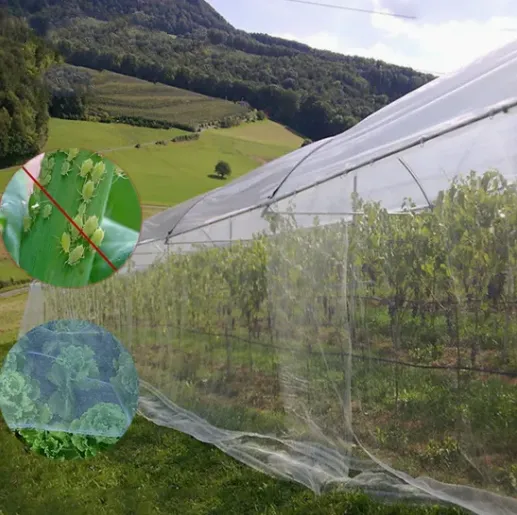
How it’s made (quick process flow)
- Materials: HDPE virgin resin + UV masterbatch; optional anti-dust/slip additives.
- Method: precision monofilament extrusion, leno/warp knitting at 80-mesh; heat setting for dimensional stability.
- Edges: reinforced selvedge; optional eyelets; color tracers for QC.
- Testing: mesh count per ASTM D3775; tensile per ISO 13934-1/ASTM D5035; air permeability ISO 9237; UV aging ISO 4892-2/ASTM G154; photo-transmittance lab panels.
- Service life: around 3–5 seasons depending on UV index, cleaning, and tensioning.
- Certifications: typical lots carry ISO 9001 QMS; third-party SGS/Intertek reports; REACH/RoHS substance compliance.
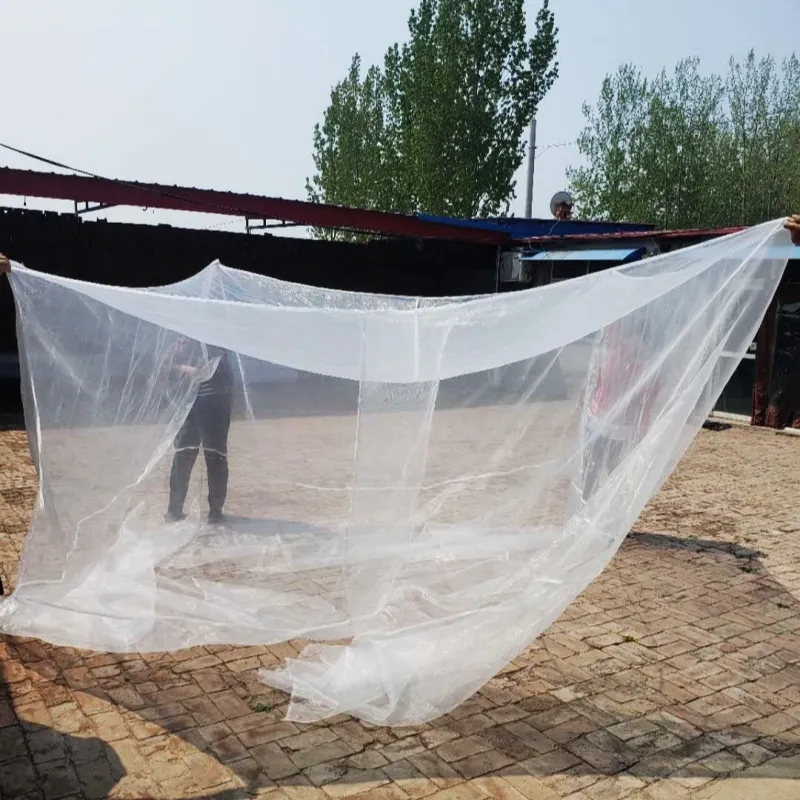
Where it shines
Greenhouse vents, insect-proof doors, nurseries, salad greens, peppers, tomatoes, berries, and seed production. The tiny aperture targets Western flower thrips and two-spotted spider mites; it also curbs whiteflies and aphids. Integrates well with IPM—less virus ingress, fewer emergency sprays, steadier biologicals.
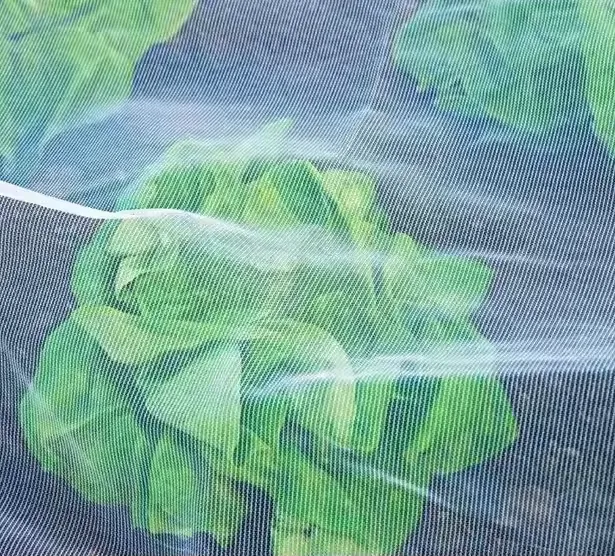
Real-world case (field note)
In Shandong, a pepper grower swapped 50-mesh for 80-mesh insect net: Suitable for preventing tiny pests such as thrips and mites. on windward vents. Over eight weeks, sticky-card thrips counts dropped ≈42% and viral symptoms declined; yield bumped ≈12%. Fan runtime rose ~8% to compensate airflow—still penciled out thanks to fewer pesticide passes and cleaner fruit. I’ve heard similar stories from hydroponic lettuce (albeit with more attention to humidity).

Vendor snapshot (what to compare)
| Criteria | YJ Wire Mesh (factory) | Generic Import | Local Reseller |
|---|---|---|---|
| Resin purity | Virgin ≈≥95% | Mixed lots (varies) | Depends on source |
| UV masterbatch | Optimized for Zone 2–4 | Unspecified | Region-specific |
| Mesh uniformity | Tight QC (±2–3%) | ±5–8% | Variable |
| Certs | ISO 9001; SGS tests | Basic CoC | Invoice only |
| Customization | Widths, selvedge, colors | Limited | On request |
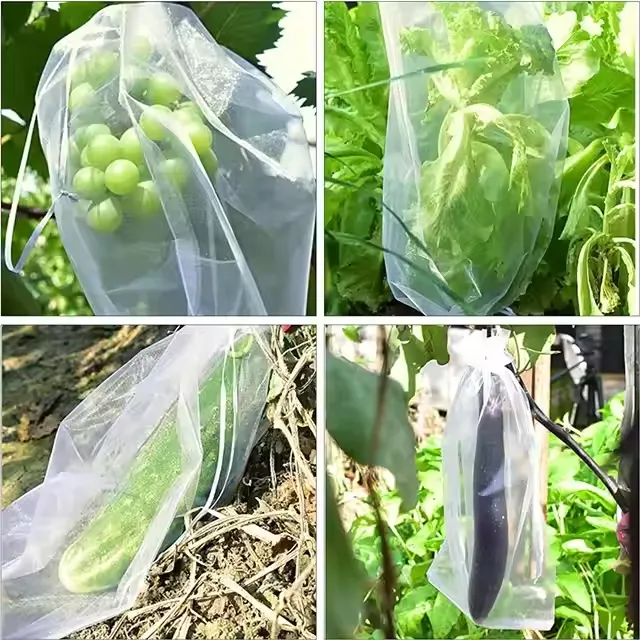
Customization & ordering
Options include widths up to ≈5.2 m, roll lengths 50–200 m, white/transparent or black-tracer yarns, reinforced edges, zipper-door panels, and pre-cut vent kits. For high-wind sites, ask for heavier denier yarn (you’ll trade a bit of light transmission).
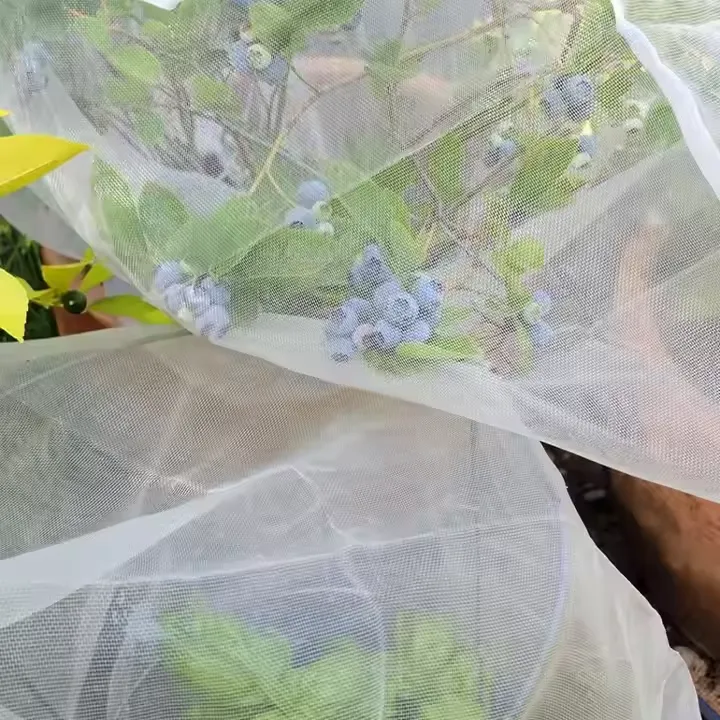
Installation tips
- Increase vent area or fan capacity by ≈15–25% to offset airflow loss.
- Keep nets taut; seal edges; bury skirts 15–20 cm to block crawlers.
- Wash dust periodically; UV life improves when clean.
- Pair with sticky cards and scouting—netting is one pillar of IPM.
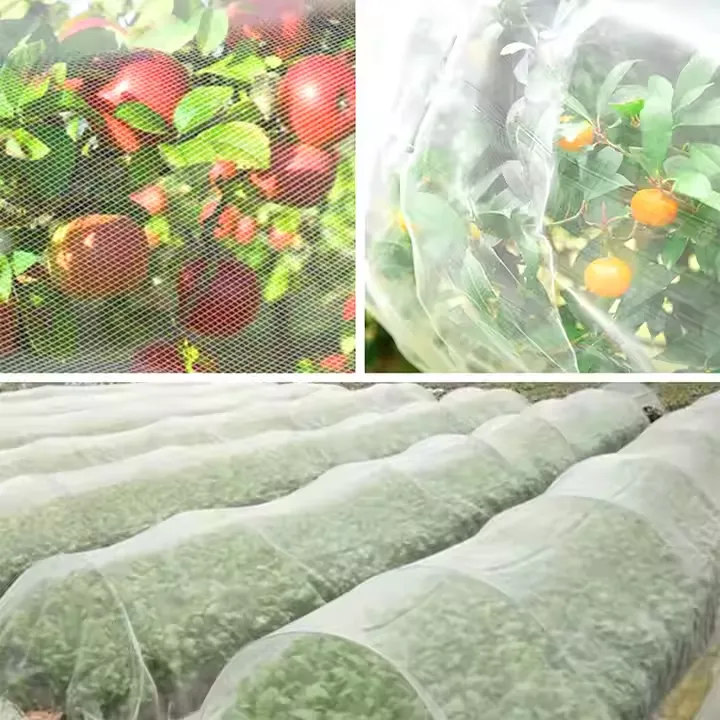
Bottom line: for thrips and mites, 80-mesh insect net: Suitable for preventing tiny pests such as thrips and mites. balances exclusion with workable airflow. It’s a factory-sale HDPE anti insect net with UV resistance and the kind of consistency serious growers look for. If you’re speccing a retrofit, run a quick airflow calc, then pull the trigger before peak pest pressure.
References
-
Anti Hail Net | UV-Stable, High-Strength Orchard ShieldNewsNov.17,2025
-
Anti Bird Netting – UV-Stable, Durable, Humane ProtectionNewsNov.17,2025
-
Welded Wire - Durable, Rust-Resistant Mesh, Custom SizesNewsNov.17,2025
-
Garden Mesh Sun Shade – UV-Resistant, Durable, Custom SizesNewsNov.17,2025
-
Bird in Net Solution: Humane, UV-Resistant Bird NettingNewsNov.17,2025
-
Stainless Steel Filters: Durable, Washable, High-FlowNewsNov.10,2025





